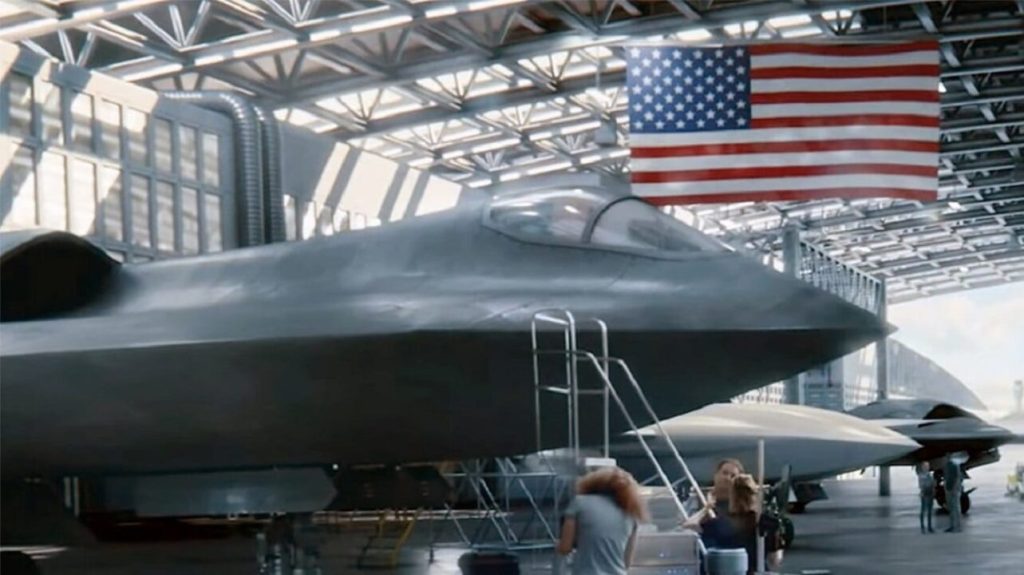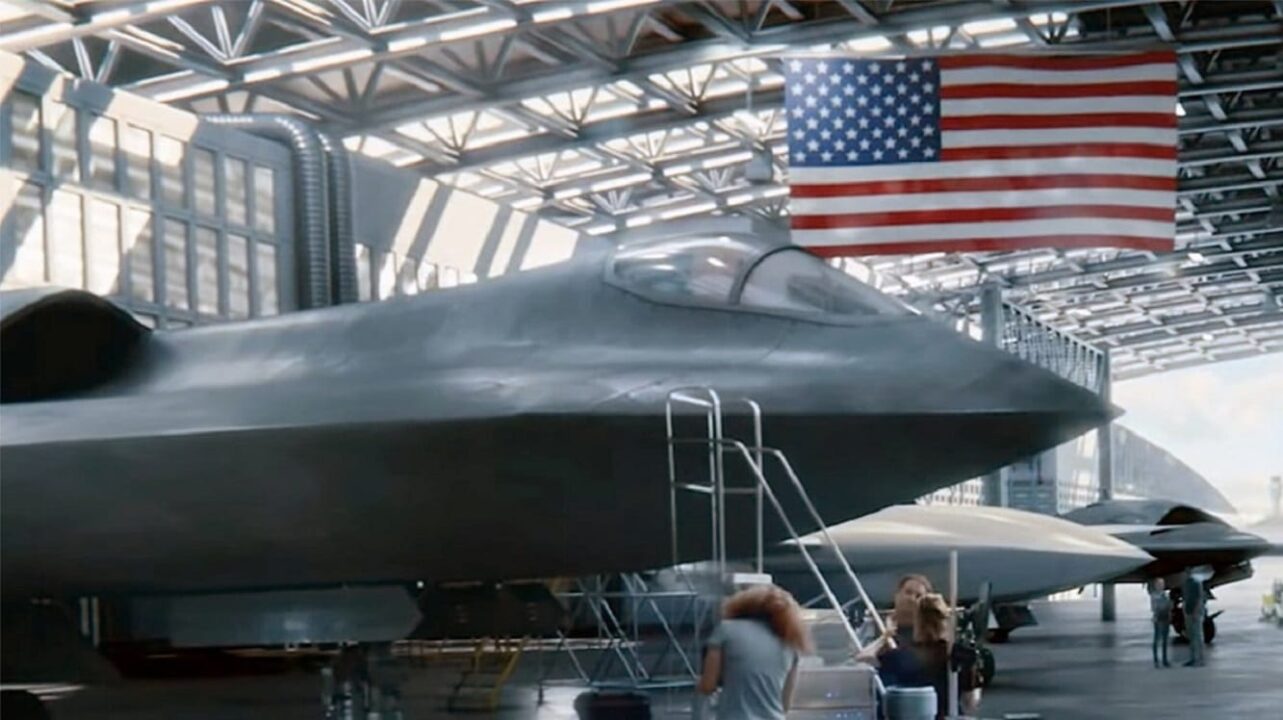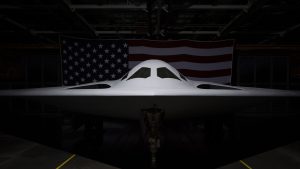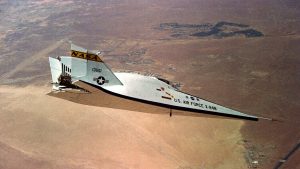The Next Generation Advanced Fighter Design (NGAD) aircraft will eventually replace the venerable F-22 Raptor. Consider also the expense of buying a brand new car.

The Next Generation Air Defense System: What Will It Cost the Air Force? The Next-Generation Air Dominance (NGAD) programme of the United States Air Force entered a new developmental stage in September. The Air Dominance Initiative study conducted by DARPA (Defense Advanced Research Projects Agency) in 2014 served as the impetus for NGAD, which plans to create a new “sixth-generation” fighter aircraft in the 2030s to replace the Lockheed Martin F-22 Raptor.
To be clear, this isn’t a single plane but rather a fleet of human-crewed and uncrewed aircraft. For the manned NGAD fighter, various multi-mission drones known as Collaborative Combat Aircraft (CCA) could serve as devoted wingmen. They might use them to probe the effectiveness of opposing air defences, conduct extensive forward surveillance, or even drop armaments. The humans onboard the human-crewed aircraft would continue to do C&C, albeit possibly from a safe distance.
The Air Force’s current plan calls for the manufacturing of the planes and supporting systems to begin by the decade’s end. The question that has been raised is how much each of those fighters might cost.
The Air Force issued five contracts for nearly $1 billion in August. Experts speculate that the recently awarded contracts may reveal information about the service’s NGAD programme to develop sixth-generation aircraft and other components. Still, details are scarce due to the program’s secrecy.
It would represent a significant increase over the $4.2 billion set aside by Congress for the programme year since 2015. Investments are expected to expand even more as prototype development continues, so this is certainly not the last of the money the Pentagon will throw at it. From 2024 through 2027, the Air Force anticipates the NGAD programme to cost up to $11.7 billion.
Dan Grazier, a senior military policy fellow at the Project on Government Oversight, told Responsible Statecraft in August, “We know very little about it because the Pentagon officials decided that they weren’t going to make the same error that they did with the F-35.” That’s why they’re trying to keep it under wraps as much as possible: “they don’t want to be hauled over the coals like they were with the F-35 programme.”
When senators asked about the estimated price tag in April, Air Force Secretary Frank Kendall said he could not provide a firm figure but that the services were talking about “multiple” hundreds of millions of dollars.
The price tag has been estimated to range from $160 million to $200 million per plane, not including the price of any necessary drones.
Kendall told the House Armed Services Committee, “This is a number that is going to attract your attention.” “The plane will definitely cost a lot of money.”
The NGAD might cost over $80 million, twice as much as the Lockheed Martin F-35 Lightning II. Nevertheless, the expense is justified, especially if it works with a large fleet of cheaper drones that act as a multiplier. So, the capabilities and overall cost are taken into account.
The planes may be pricey, but American safety is priceless.






